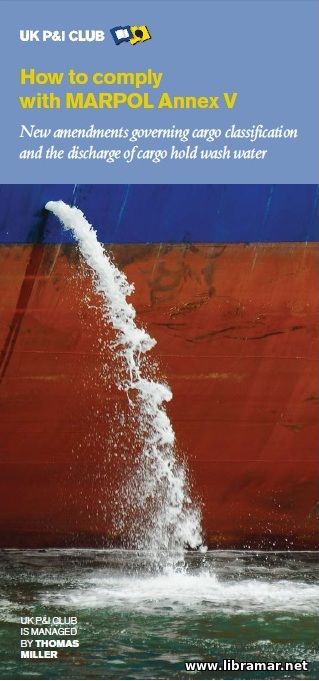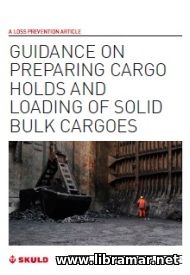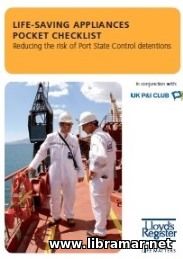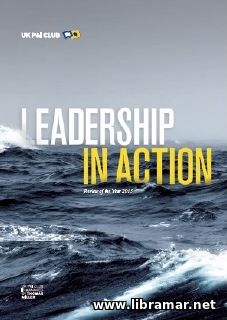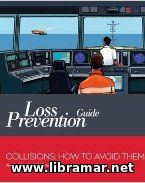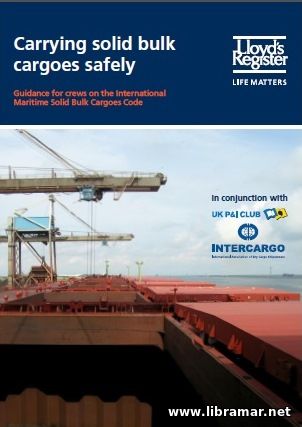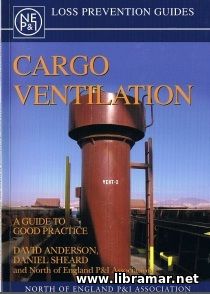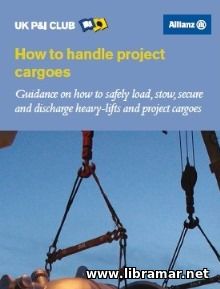
The main content of the present practical checklist has been taken from the annex to this Project Cargo Matters publication. The project cargoes commonly require specific attention at the time of their loading and transportation. The expert knowledge in the field of transportation of subject cargoes is necessary for proper planning and engineering of the safe shipment.
All associated operations shall be very carefully managed and all responsibilities, toolbox talks and risk assessments shall be agreed well in advance. These cargoes would generally require the specialized ships featuring sufficient open deck space and heavy-lift capabilities, plus some other characteristics. The best choices would be heavy-lift or multi-purpose ships. The bulk carriers are not commonly considered a good option since using these vessels has already led to the numerous cargo damage claims. A good teamwork is a pre-requisite for the successful transportation of the project cargoes.
The responsibilities of the parties involved shall be defined and prior agreed. A duly prepared method statement of transportation manual shall also be prepared and agreed. Marine warranty surveyors may also be engaged. The mandatory applicable rules include charter-party requirements, class society rules, Flag state rules, CSS Code and CTU packaging guidelines etc.
